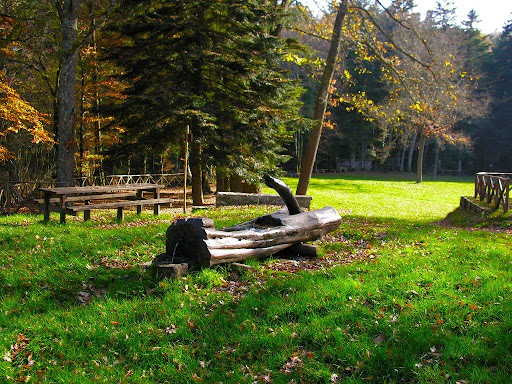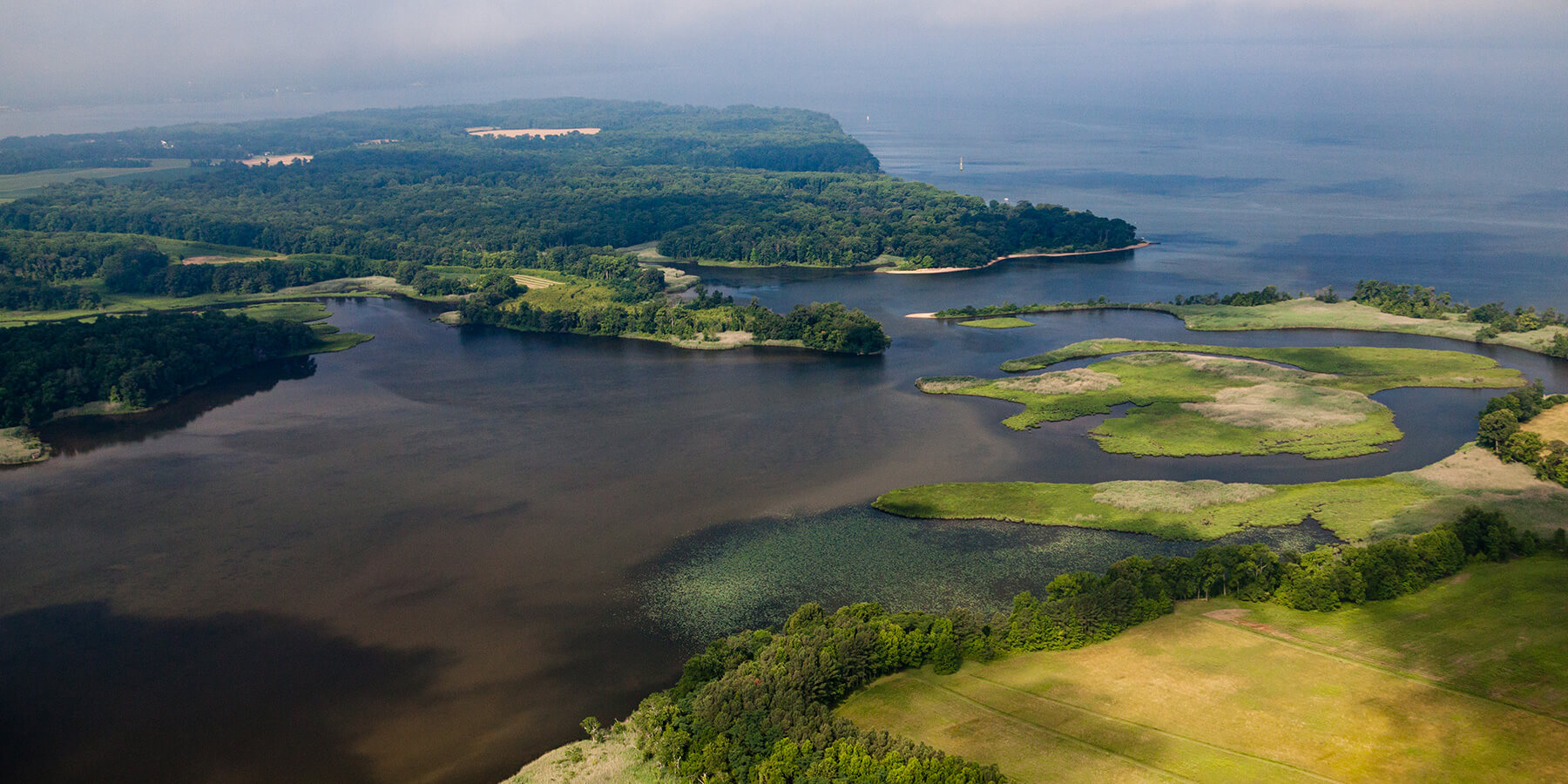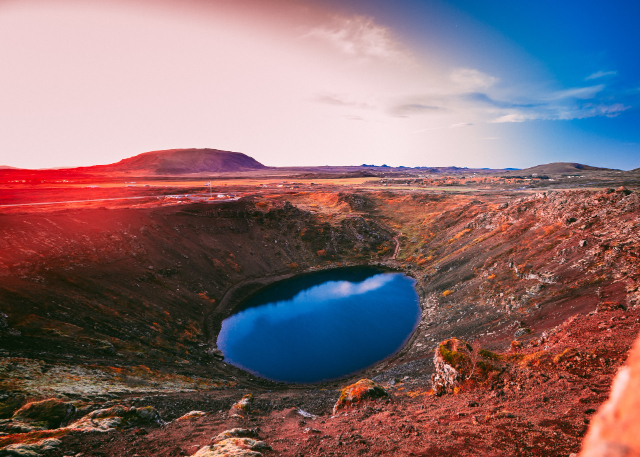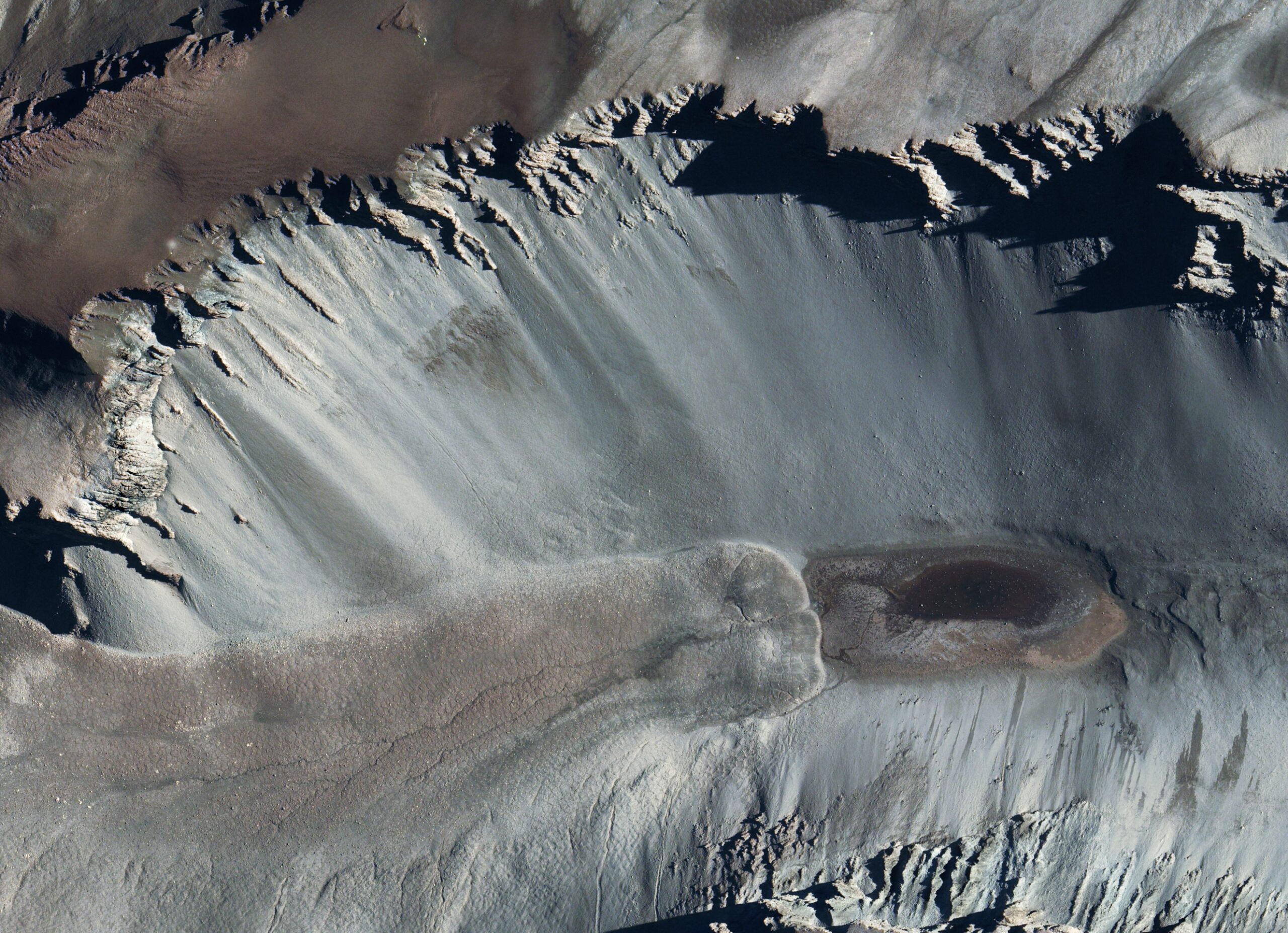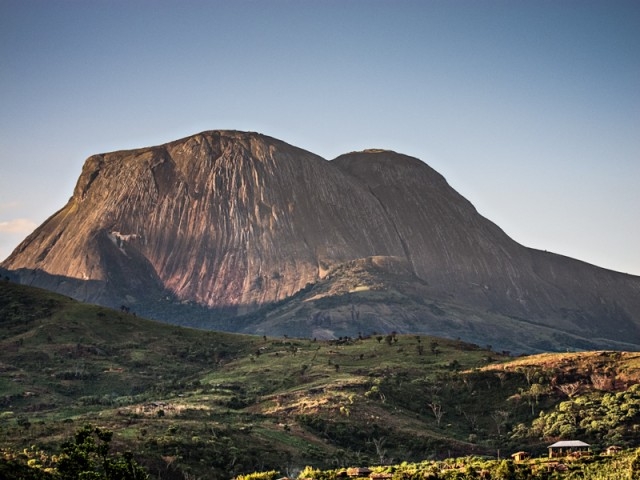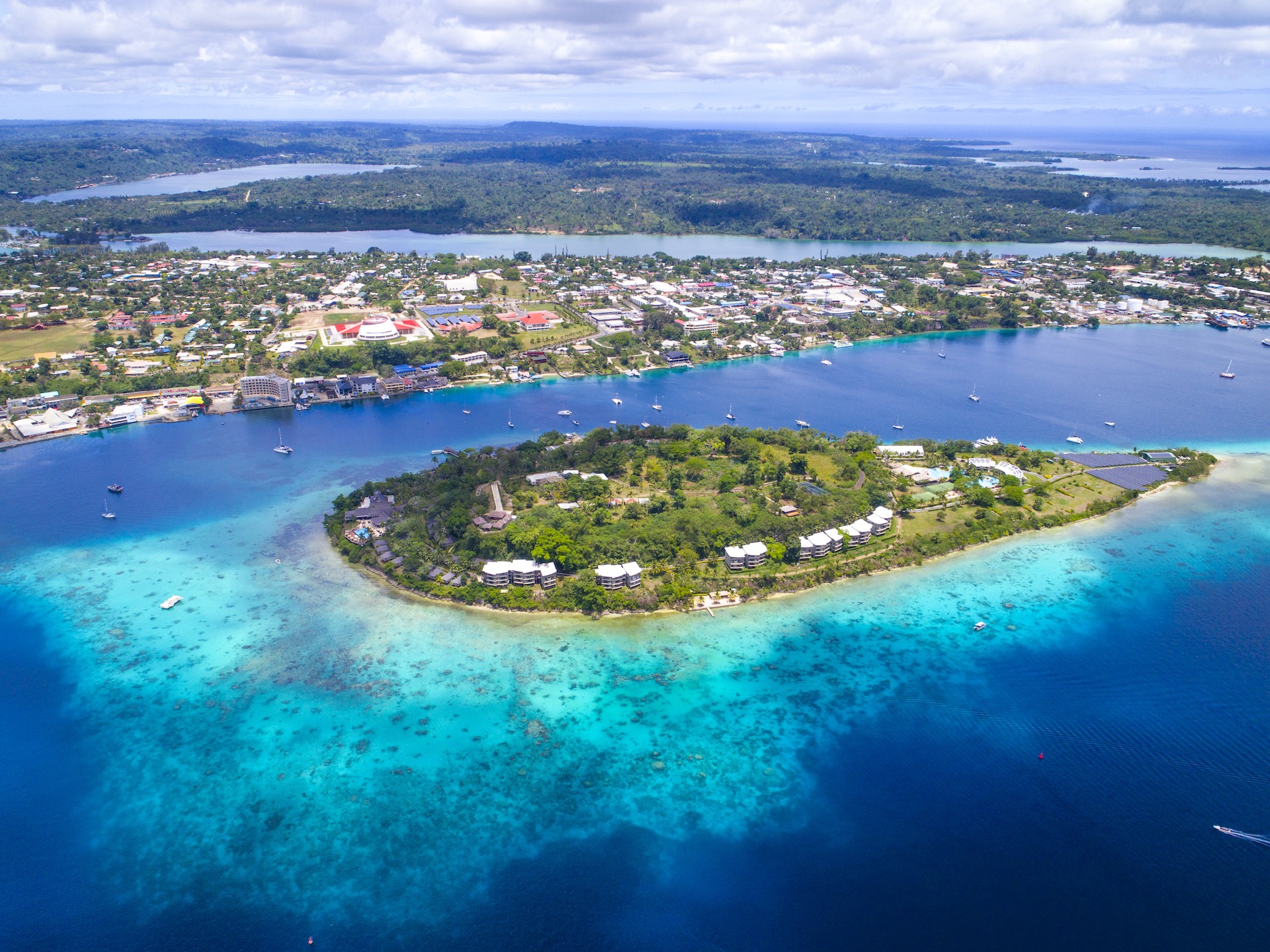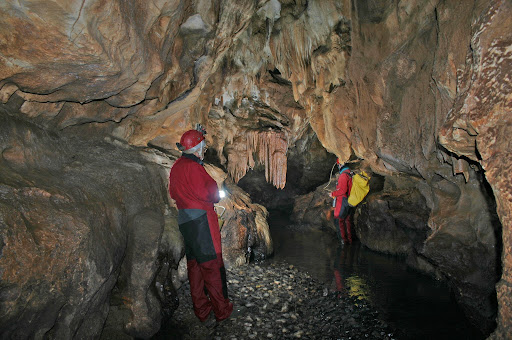The nature reserve MAB (Man And Biosphere) of Collemeluccio-Montedimezzo is a protected natural area located in the municipality of Pescolanciano, in the province of Isernia. The reserve occupies an area of 347 hectares.
It was established in 1971 and is a UNESCO Biosphere Reserve, awarded the international qualification assigned by UNESCO for the conservation and protection of the environment, within the Man and Biosphere (MAB) programme.
The two areas, although united in a single reserve, must be considered separately due to their differences in location, history and floristic-vegetational characteristics.
The forest of Montedimezzo (Vastogirardi) consists mainly of Turkey oak (Quercus cerris L.) and beech (Fagus selvatica L.). These two species are quite different in terms of their light requirements. The turkey oak is a heliophilous species, i.e. it requires more light and does not easily renew itself under cover. In nature it can be found in mixed formations as it can renew itself near holes formed after the collapse of plants. The beech, on the other hand, is a shade-tolerant species (sciaphilous) capable of renewing itself even under cover. In its excellent vegetation, beech tends to form pure woods. It, in fact, has a strong power of competition as it renews itself en masse, has branches with a high capacity to close gaps and crowns formed by both light and shade leaves. The shade leaves, thanks to particular photosynthetic adaptations, have an active photosynthesis/respiration balance even in low light conditions, therefore they can be localized in the lower and inner parts of the foliage. All this results in very dense canopies that allow the passage of small amounts of light that are not sufficient to develop a dense undergrowth. The coexistence of the two species, therefore, has been possible only thanks to anthropic intervention (use of plants, grazing) that has allowed the Turkey oak to perpetuate itself through the creation of conditions more favourable to it. Currently, the conservation of the mixed wood is linked to the collapse of large plants (or more plants) with the consequent formation of holes of such dimensions that they cannot be closed in a short time: only in this way can the Turkey oak renew itself.
The Collemeluccio wood, on the other hand, has a considerable ecological value deriving from the fact that it hosts one of the few relict woods of silver fir in Italy. It is considered to be a descent spruce in turkey oak woodland. The Italian range (i.e. the indigenous area) appears very fragmented, especially along the Apennines where the present stands are very dispersed. At the end of the last glaciation, the silver fir started the recolonization of the territory starting from several refuge areas and especially from those of Southern Italy, giving origin to an Apennine current directed northwards. For a long time, the silver fir had a remarkable frequency and then gave way to beech and spruce, depending on the conditions. The natural silver fir woods we can admire today are all that remains of their ancient splendour. The wood of Collemeluccio, moreover, is included in the list of the seed woods, that is woods where the collection of the seed is regularly carried out for the production in nursery of seedlings to be used for reforestation. Recently the Corpo Forestale dello Stato (State Forestry Corps) has decided to make the reserve more accessible. In order to attract not only specialists in the field, it has decided to create a visitors’ centre where visitors can have a first approach to the reserve.
The Oasis of Legambiente Selva Castiglione, in the countryside of Carovilli (IS) is the first experience of direct management of a protected area, started by an environmentalist association in Alto Molise. Also in this case the management has been sanctioned by an agreement between the Municipality and the Association, made in January 1997. The main habitat, the one that characterizes the naturalistic aspect of the Oasis, is an oak wood of high trunk, typical of the landscape of Alto Molise. The Oasis has an area of over 300 hectares and is located near one of the most beautiful stretches of the river Trigno. The turkey oak, the dominant species, grows in association with other tree and shrub species such as maple, hornbeam, manna ash, hazelnut, hawthorn, blackthorn, bramble and dog rose. The fauna of the Selva Castiglione is still present with many of the Apennine species of both mammals and birds, a situation probably determined by the proximity of other protected natural areas all inserted, however, in a territorial context, that of Alto Molise, which still maintains a good level of general conservation even in the most anthropized areas. Beech marten, weasel, badger, fox, wild boar, hare, squirrel and dormouse are the most frequent species, in addition to fallow deer, introduced for hunting and repopulation purposes. Among the birds of prey there are the red kite, the buzzard, the sparrow hawk, the long-eared owl, the little owl and the barn owl; moreover, it is possible to observe the wood pigeon, the woodcock, the green woodpecker and many other passerines typical of broad-leaved woods. If the naturalistic aspects of the Oasis have determined its preservation, the architectural ones could become a reason for enhancement and tourist fruition: mills, fountains, small rural churches and the same village of Colle Arso, now uninhabited, are just some of the structures whose recovery and reuse could serve to start small but vital economic activities.
